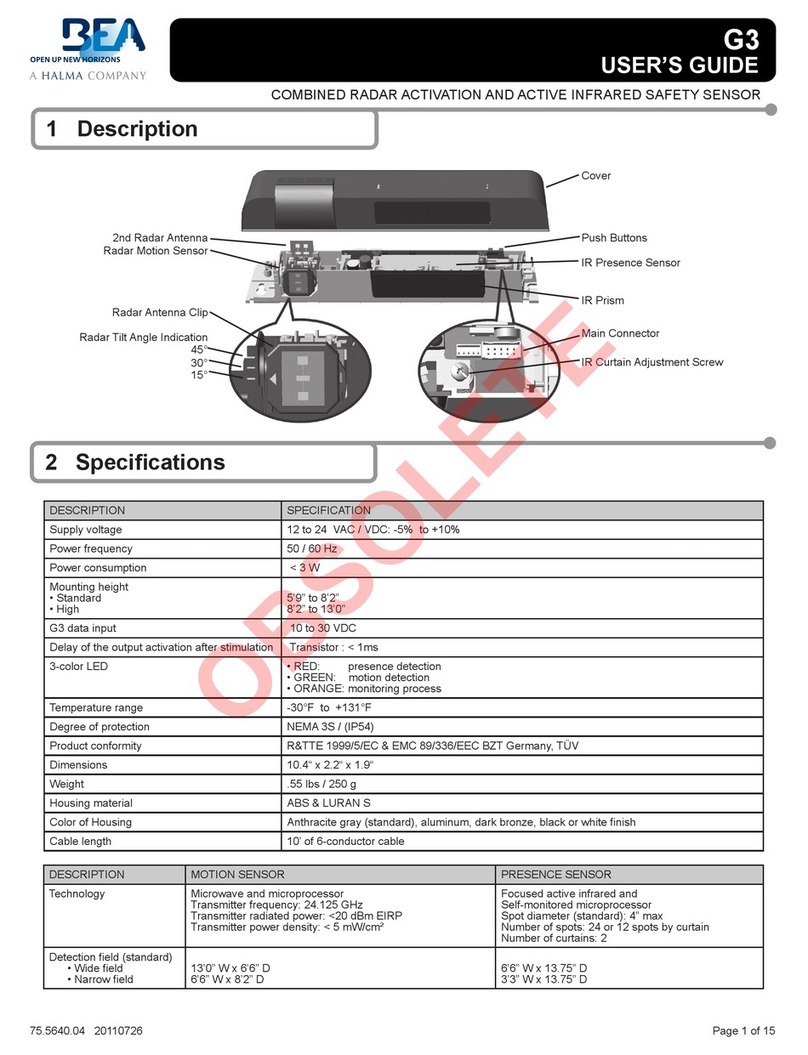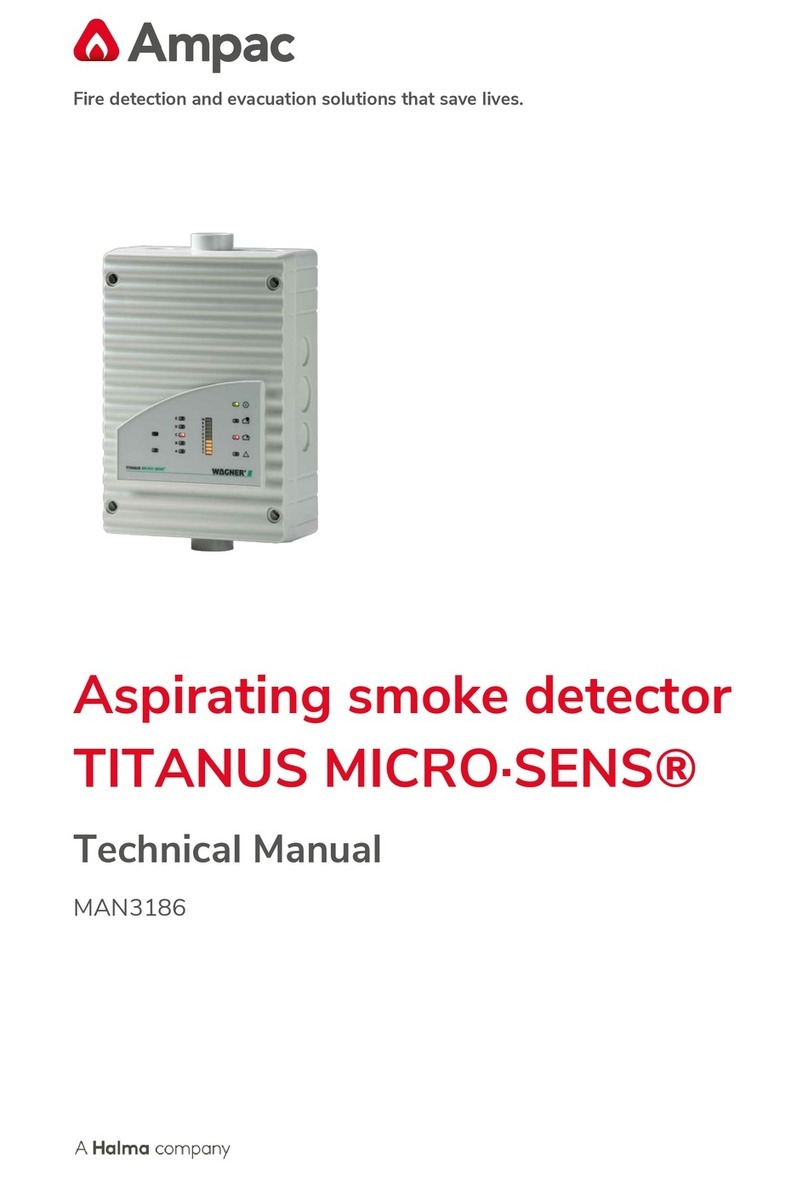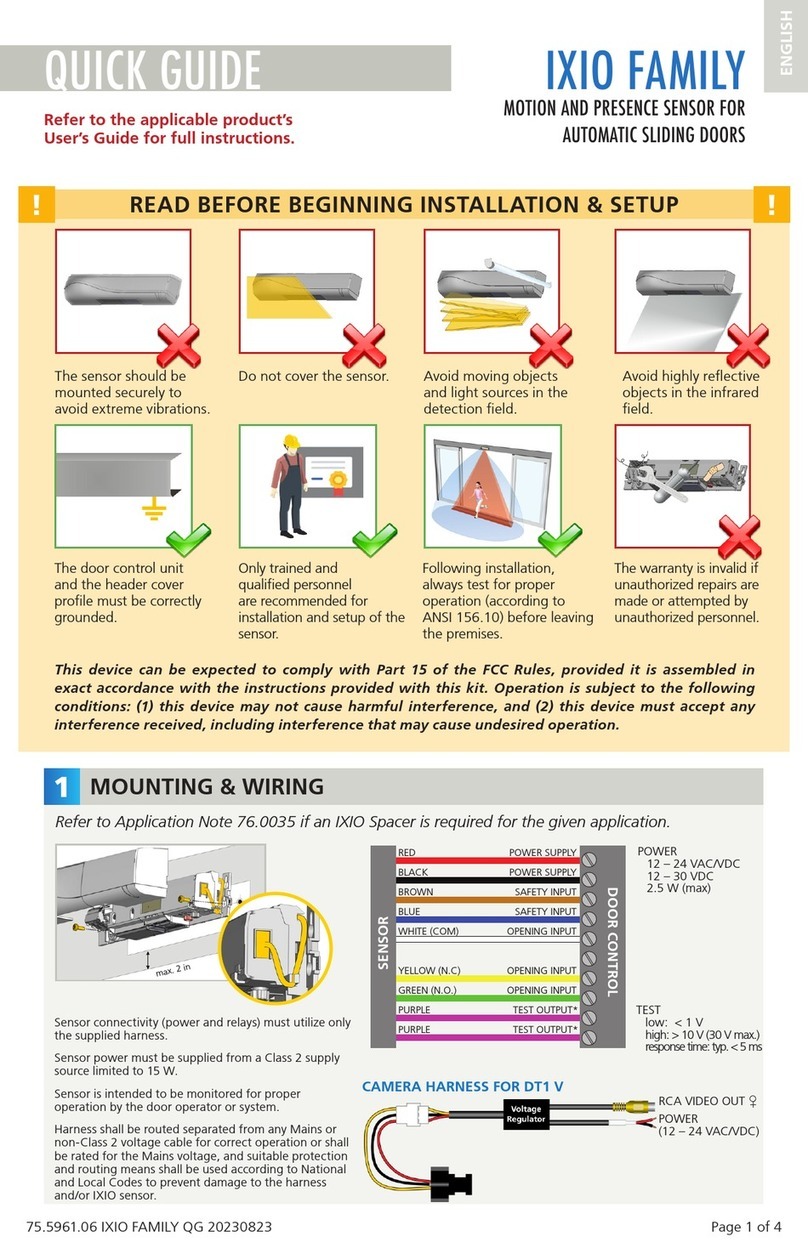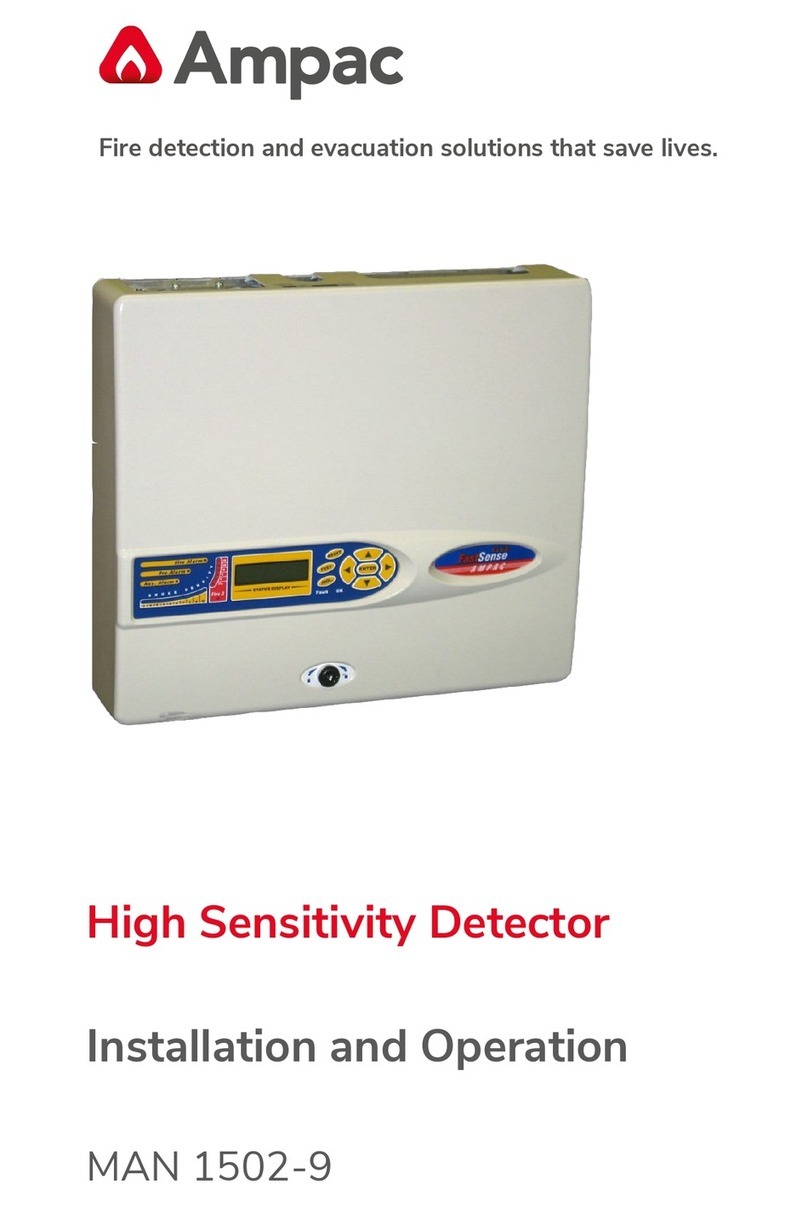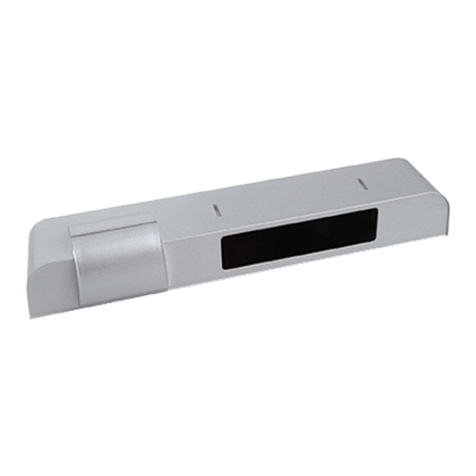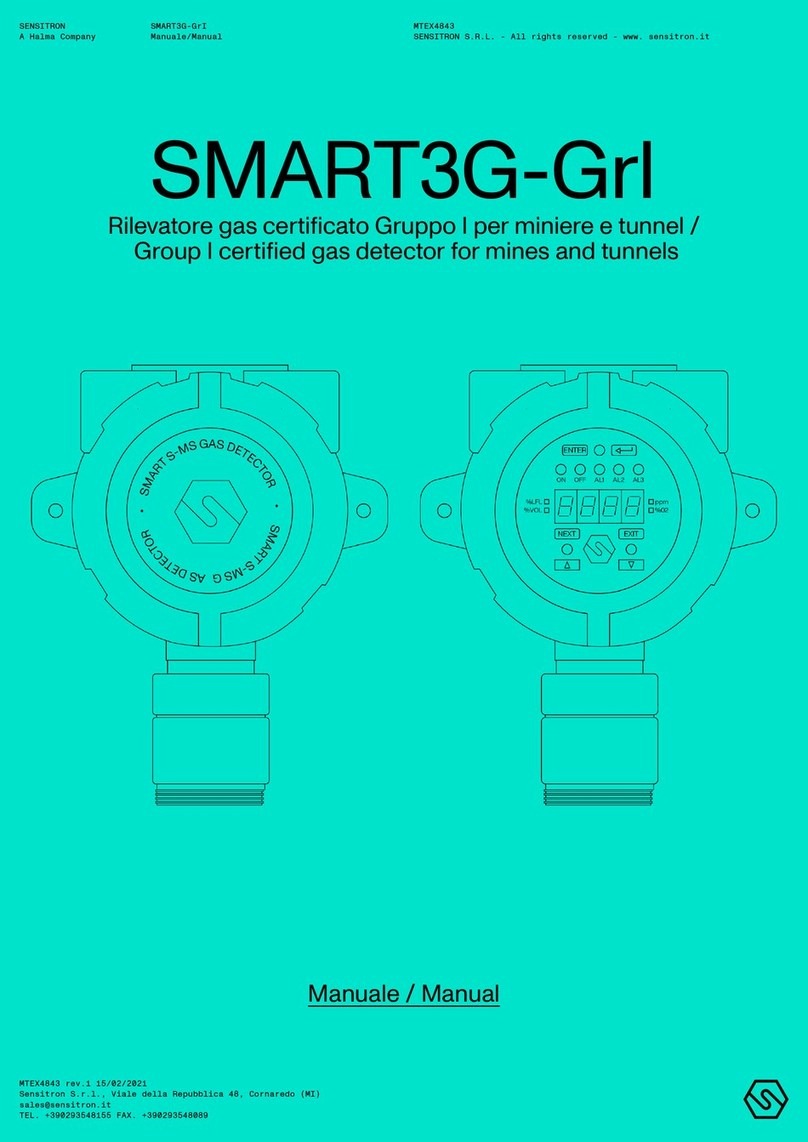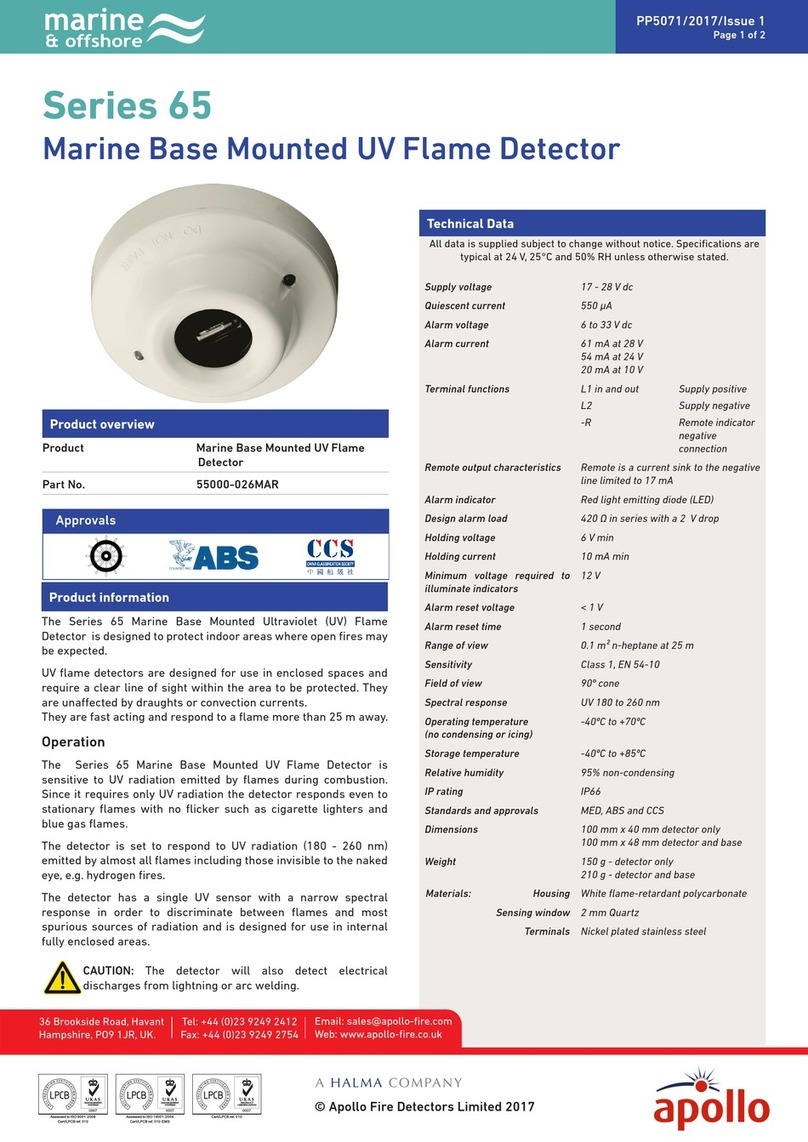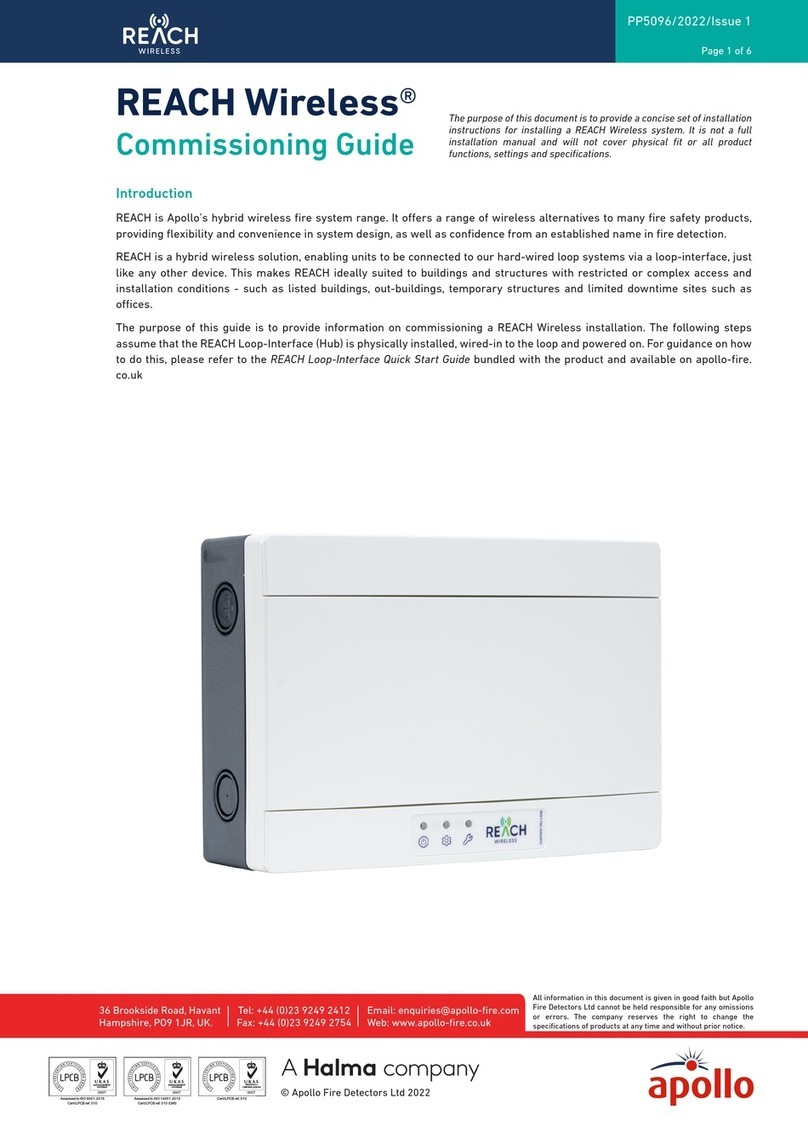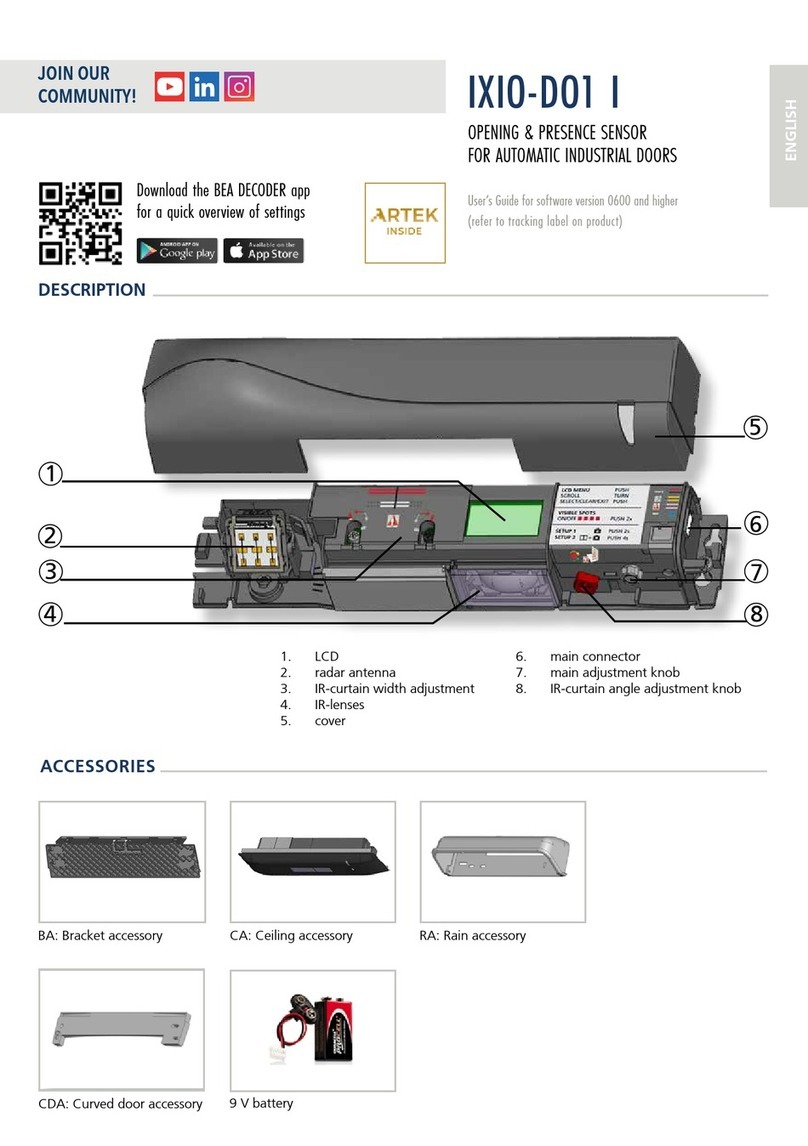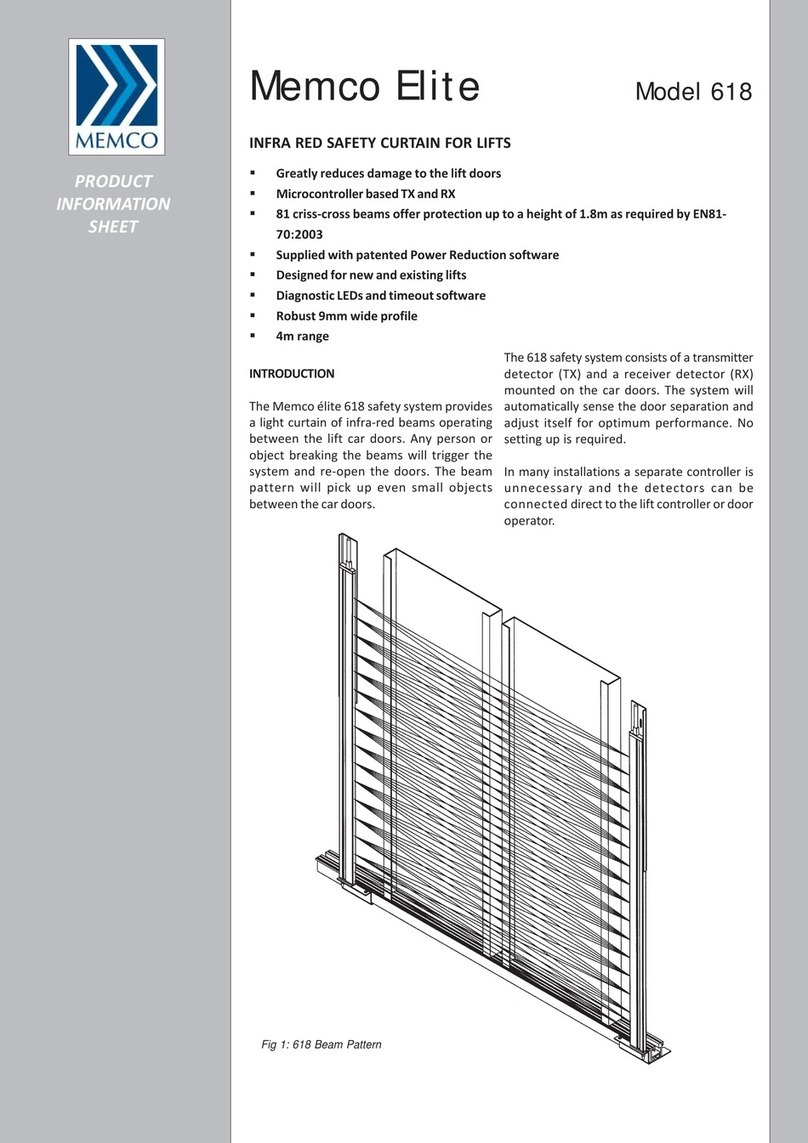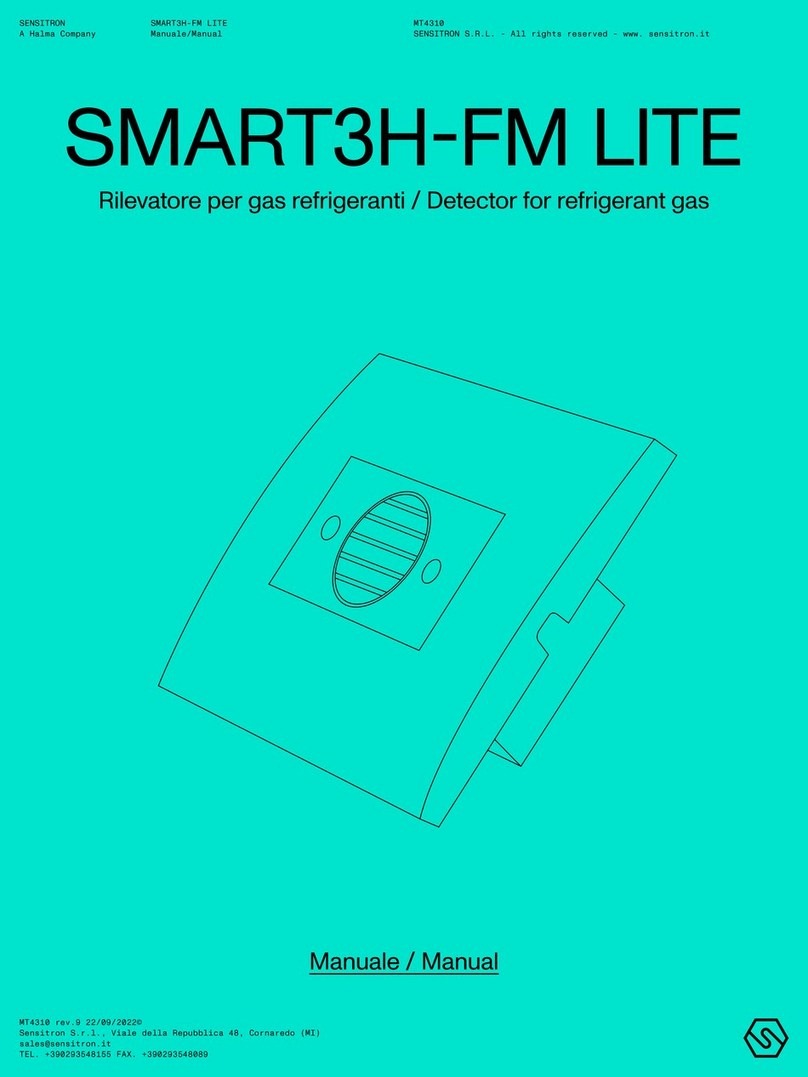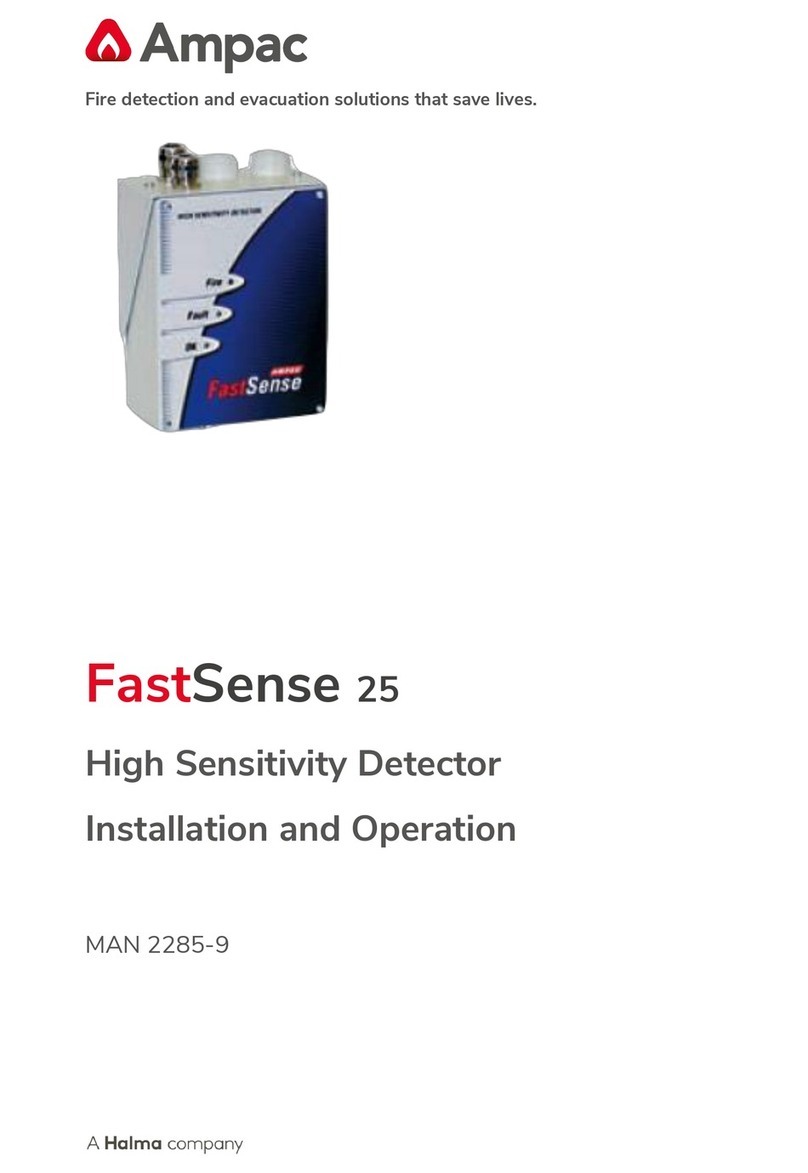
Intrinsically safe
36 Brookside Road, Havant
Hampshire, PO9 1JR, UK.
Tel: +44 (0)23 9249 2412
Fax: +44 (0)23 9249 2754
Email: sales@apollo-fire.com
Web: www.apollo-fire.co.uk
MANAGEMENT
SYSTEMS
Assessed to ISO9001:2015
Cert/LPCBref.010
Assessed to ISO 14001:2015
Cert/LPCBref.010 EMS
MANAGEMENT
SYSTEMS
Cert/LPCBref.010
PRODUCT
CERTIFICATION
I
© Apollo Fire Detectors Ltd 2021
PP1095/2021/Issue 6
Page 1 of 8
About XP95 I.S.
Introduction to intrinsic safety
There are many places where an explosive mixture of air and gas
or vapour is or may be present continuously, intermittently or as a
result of an accident. These are defined as hazardous areas by BS
EN , the code of practice for installation and maintenance of
electrical apparatus in potentially explosive atmospheres.
Hazardous areas are common in petroleum and chemical
engineering plants and in factories processing and storing gases,
solvents, paints and other volatile substances.
Electrical equipment for use in these areas needs to be designed
so that it cannot ignite an explosive mixture, not only in normal
operation but also in fault conditions. There are a number of
methods available to achieve this, oil-immersion, pressurised
apparatus and powder filling, for example, but the two in most
common use are flameproof enclosures and intrinsic safety.
Flameproof equipment is contained in a box so strong that an
internal explosion will neither damage the box nor be transmitted
outside the box. The surface must remain cool enough not to ignite
the explosive mixture.
When flameproof equipment is interconnected, flameproof wiring
must be used. This method is most valuable when high power
levels are unavoidable but is not acceptable for areas in which an
explosive gas ⁄ air mixture may be continuously present or present
for long periods.
For this reason Apollo fire detectors are made intrinsically safe
rather than flameproof. Intrinsically safe equipment operates at
such low power and with such small amounts of stored energy
that it is incapable of causing ignition:
• In normal conditions
• With a single fault (for Ex ib classification)
• With any combination of two faults (for Ex ia classification)
In any of these conditions every component must remain cool
enough not to ignite the gases for which it is approved.
Classification of hazardous areas
BS EN -- defines a hazardous area as one in which
explosive gas/air mixtures are, or may be expected to be, present
in quantities such as to require special precautions for the
construction and use of electrical apparatus.
The degree of risk in any area is a function of:
• The probability of an explosive mixture being present
• The type of gas which may be present
• The temperature at which a gas might ignite spontaneously
These are defined in Table , Zone Classification, Table , Sub-
division of Group II Gases.
Table 1: Zone classification
Zone Definition
Intrinsically safe
equipment approval
required
0
In which an explosive gas/air
mixture is continuously present
or present for long periods
Ex ia
1
In which an explosive gas/
air mixture is likely to occur in
normal operation
Ex ia or Ex ib
2
In which an explosive gas/air
mixture is not likely to occur in
normal operation and if it occurs
will exist only for a short time
Ex ia or Ex ib
Table 2: Subdivision of Group II gases
Zone Definition
Intrinsically safe
equipment approval
required
Acetylene Carbon Disulphide, Hydrogen IIC
Ethylene Butadiene, Formaldehyde,
Diethyl-ether IIB or IIC
Propane
Acetaldehyde, Acetone,
Benzene, Butane, Ethane,
Hexane, Heptane, Kerosene,
Naptha, Petroleum, Styrene,
Xylene
IIA or IIB or IIC
XP95 Intrinsically Safe communications protocol
The standard XP95 communications protocol is designed to be
very robust and to give the maximum flexibility to designers of loop
driver circuits. The current and voltage levels used are chosen to
be well above noise levels and to operate in adverse conditions
with the minimum of errors. The maximum voltage and current
levels used are, however, outside the limits of intrinsically safe
(I.S.) systems and it has been necessary to apply lower limiting
values for both current and voltage in the I.S. range.
Related Apollo Product Ranges
Product Publication Type PP Number
XP95 Range Engineering Product Guide PP1039
General Sales Brochure PP1040
XP95 I.S. Sales Leaflet PP1094
Orbis I.S. Engineering Product Guide PP2147
MiniDisc Remote Indicator Datasheet PP2074
Bases and Accessories Brochure PP1089
Mounting Accessories Datasheet PP5068
